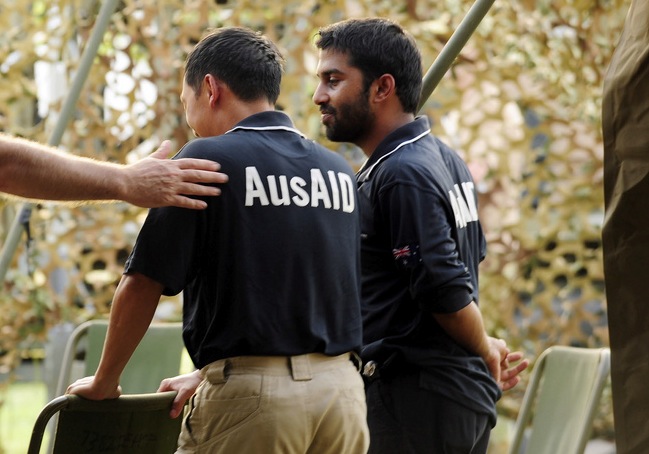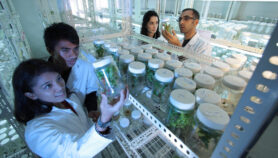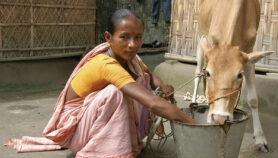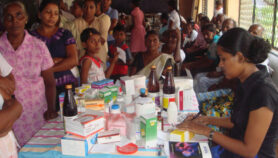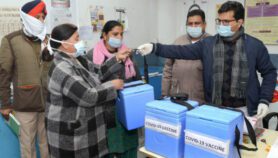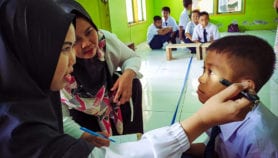By: Prime Sarmiento
Send to a friend
The details you provide on this page will not be used to send unsolicited email, and will not be sold to a 3rd party. See privacy policy.
[MANILA] The Australian government has committed A$390.9 million (around US$358 million) through its AusAID programme to help countries in the Asia-Pacific region attain three Millennium Development Goals (MDGs) — poverty and hunger, universal education and maternal health.
The aid, spread over four years, will finance nutrient supplements and supplementary feeding to over one million people, provide 100,000 vision screenings and 10,000 sight restoring surgeries, as well as support an additional 1.2 million children to have a better education and help 900,000 women to access improved maternal and child health services.
AusAID spokesperson, Sophie Gordon, tells SciDev.Net that research will help ensure that the aid will go towards achieving these targets.
"Research evidence can guide us on how we can intervene to solve development problems, what strategies will work best in which situations and what factors need to be considered to optimise benefits," says Gordon. "Practical research will help inform where and how our own and our partners' resources can most effectively and efficiently be deployed."
AusAID did not give a breakdown on how much of the funding will actually be used for research, though its policy framework revealed that medical and agricultural research together with education will be the flagship of the aid program.
Australia has announced in May a record A$5.7 billion (US$5.2 billion) development assistance for 2013-14, an increase of A$513.4 million (US$471 million) from 2012-13. This is 0.37 per cent of Australia's gross national income, the highest since 1985-86.
Australia remains committed to increasing its aid budget to 0.5 per cent of GDP said Australian Minister for Foreign Affairs, senator Bob Carr.
In a statement released last May to explain the aid, Carr said "stable neighbours with healthy and educated populations are good for Australia. It is in our trade, economic and security interests to provide aid."
Asia-Pacific countries are the main beneficiaries of Australian aid, with over 85 per cent going to the region. Indonesia is the largest beneficiary, with a boost to A$646.8 million (US$593 million) for 2013-14 to improve health, education, justice and governance. Others receiving significant amounts are Myanmar (A$82.8 million) and Fiji (A$58.2 million).
This article has been produced by SciDev.Net's South-East Asia & Pacific desk.


